The Garden of the Forking Paths and its role in my work: an explainer
Best viewed on a desktop browser.

The Garden of Forking Paths (1941), a short story by Jorge Luis Borges, is an example of non-linear storytelling, anticipating concepts such as the multiverse, quantum uncertainty and hyperlinked text.
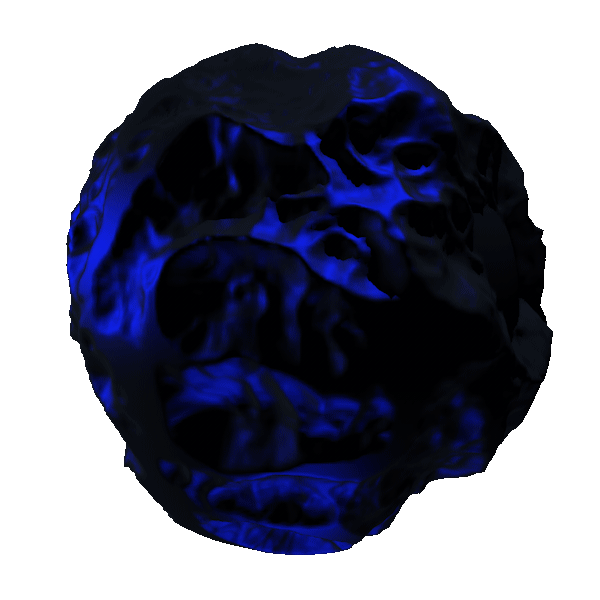
Borges’s garden is not a physical space, but a hypothetical novel in which all possible plots unfold simultaneously.
I use the ‘garden’ as a metaphor for a liminal space: a multi-dimensional crossroads where all options remain open and each decision leads to another junction.

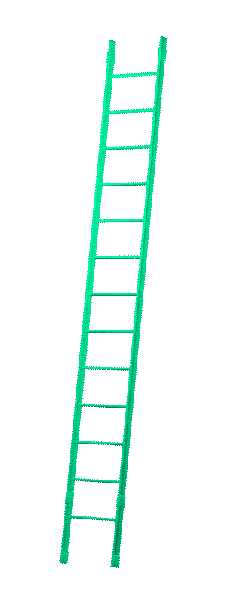
In my work, the ‘garden’ often takes the form of a waiting room, an enclosed space suggesting dimensions that linger just beyond the glass of the computer screen.
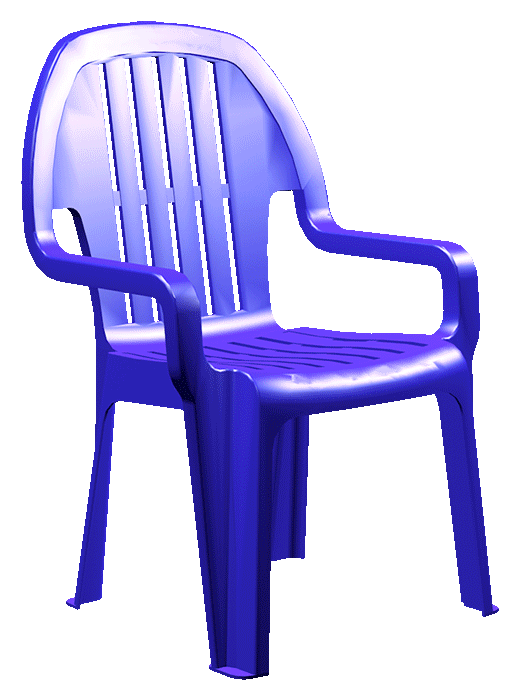
The illusory depth of 3D software unsettles our perception, reinforcing a sense of uncertainty. Here, possibilities coexist but remain unresolved until a choice is made. Blurred boundaries and suspended decisions reflect the ambiguity of digital environments and the open-ended nature of digital material, which can take many forms before being finalised.
Hito Steyerl calls these uncertain dimensions ‘fractional space’: “a space that hovers between 2 and 3D. It is for example a space in 2,3 or 2,4 D. … It hovers between dimensions and connects them. Fractional space is a transitional space that allows people to enter and exit images, to freeze and become images and then leave the state of flatness again and go somewhere else or missing.”
Steyerl, Hito, Ripping reality: Blind spots and wrecked data in 3D, european institute for progressive cultural policies, Linz, 2012

A key concept in theatre and film theory is the sense that the screen represents a parallel world that can be temporarily entered through the ‘fourth wall’.
In theatre, the fourth wall is an imaginary wall that separates the audience from the action on stage, while the actors ‘act’ as if the audience were not there. In film theory, the fourth wall is the interplay between the camera lens and the screen. An example of breaking the fourth wall is when an actor in a scene suddenly seems to be addressing the audience directly, mediated by the camera lens.


The idea that computer-device screens could access similar metaphorical gardens grew from a series of short animations (Fundamental Mechanics, 2019 – 2020).
I used the Instagram stories feature to create animated collages of emoji and .gif stickers. The ‘manhole’ emoji is central to the series, as it is one of the few emoji in the entire vocabulary that suggests depth; appearing as a little opening in the flat screen.
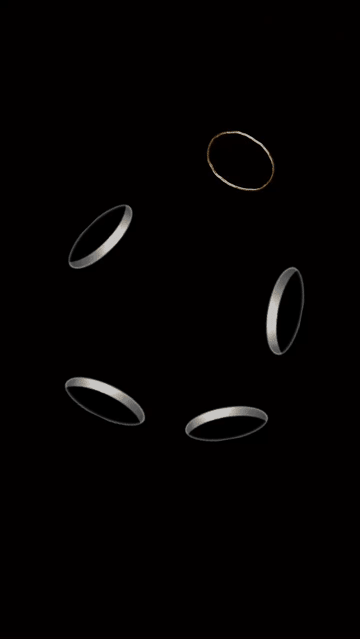
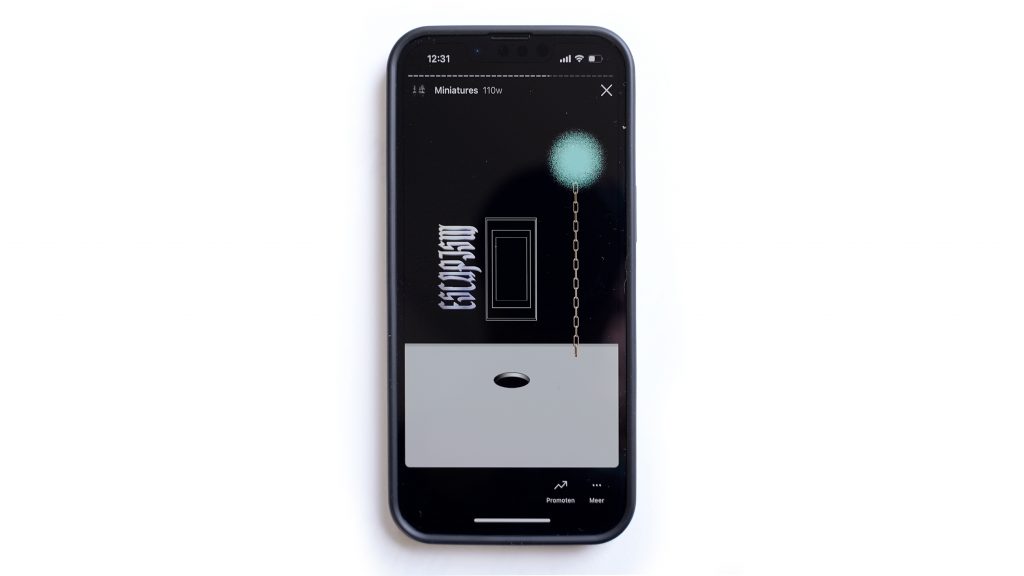
Above: a phone showing one of the Fundamental Mechanics as it appears on Instagram. The .gif animated elements that are also displayed on this webpage are from my Giphy artist’s account. Everyone can use these tiny art works in their social media posts on Facebook, TikTok, and others.
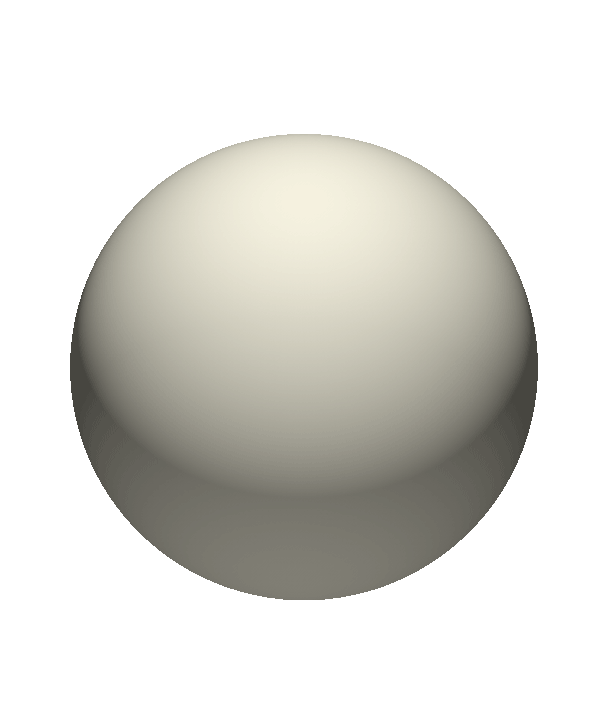
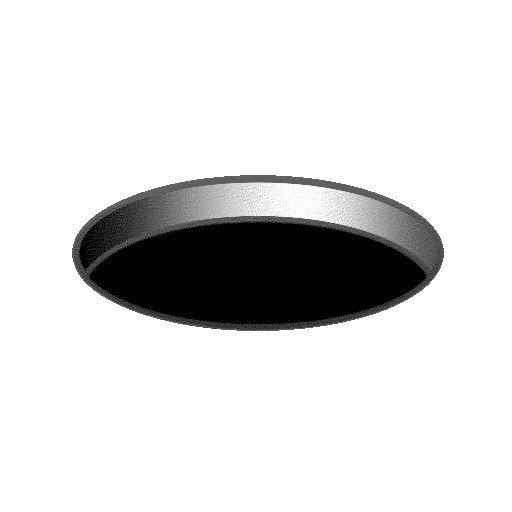
The ‘garden’, in its current form, first appears in Mistakes. The artist talk (2020), made in the midst of the first pandemic lockdowns. The garden features in several chapters.
One chapter of the film displays the text “We are in the Garden of Forking Paths”, referring to how the global pandemic disrupted daily life. Lockdowns and other measures upset established routines, creating a period of uncertainty that is similar to Borges’s ‘garden’: we found ourselves in a period where new possibilities emerge and urgent choices shape the future of our planet.
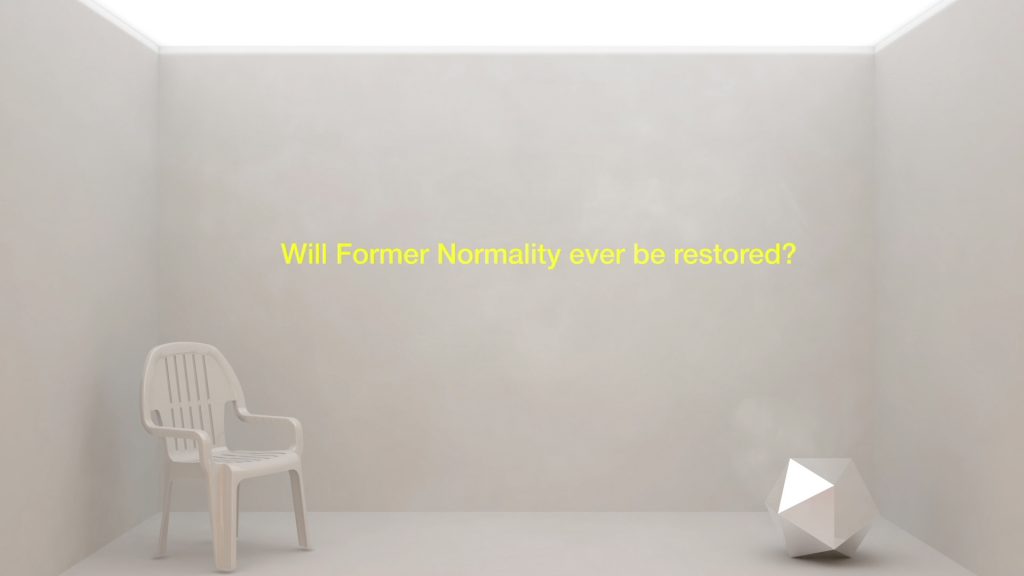
The image above is a still from Mistakes, showing the first appearance of the ‘garden’ as a boxed space.

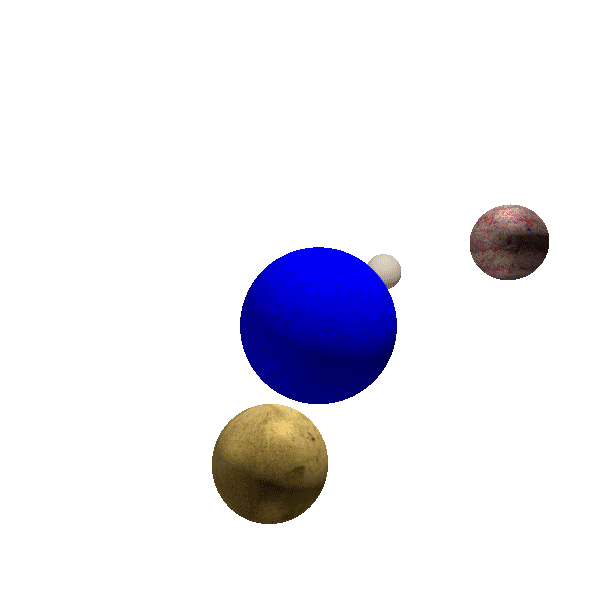

Above: still from the We are (now) in the garden of the forking paths chapter of Mistakes, reworked into the separate loop shown below.
I like to have the video on repeat during lecture or talk breaks; image and audio have an equally soothing and disorienting effect when put on repeat for 15 minutes. The soundtrack is a looped segment of Brenda Lee’s I’m Sorry (1960).
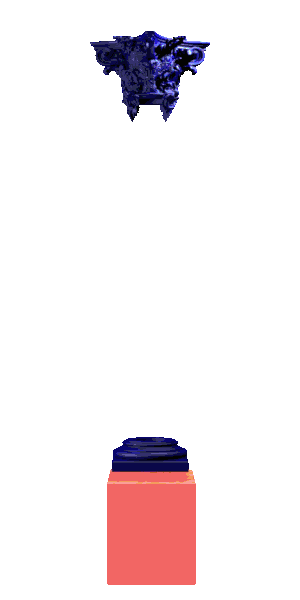
The ‘garden’ reappears in the film NGMI (2022) in The Review chapter.
The boxed space again fills the entire screen – an attempt at breaking the metaphorical ‘fourth wall’ from film and theatre studies that separates the audience from the fictional scene.
We appear to look into this liminal space, and displayed large enough, it is as if we are almost able to step into it.
Its walls have holes in various sizes in them, that are reminiscent of the manhole emoji. The hole in the back wall acts as a circular tv screen, broadcasting a monologue by an odd looking figure. It seems to come from far away, another universe, perhaps.
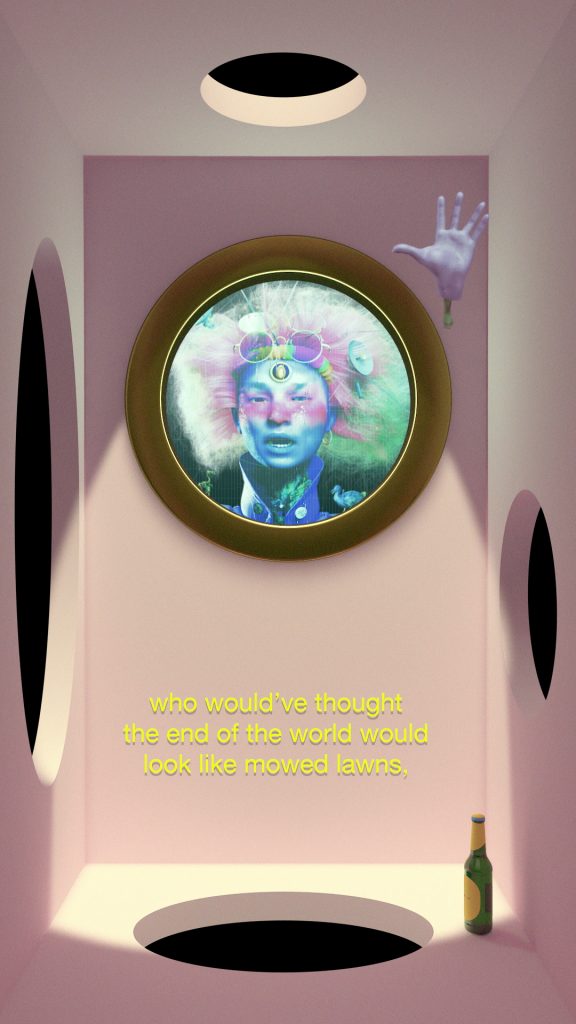
In this scene, the ‘garden’ is a portal, giving way to even more elusive, fictional places. The reviewer gives a scathing critique on Earth’s trajectory to ecosystem destruction and climate havoc, treating it as if they are reviewing a disaster film, a “cinematic blockbuster”.
The Review poses that because of the many plot twists and random conflicts the storyline keeps digressing from the real issue: saving the planet.
The reviewer suggests that the protagonists have become lethargic and are sleepwalking into disaster. However, they praise the creative way of depicting an apocalypse:
“Because who would’ve thought the end of the world would look like mowed lawns, a holiday to Greece, or a new pair of jeans?”
This scene is discussed in more detail in the NGMI chapter. Image: still from NGMI, vertical HD, 2022.
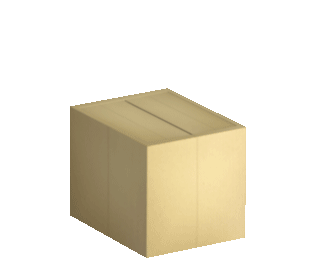
For me, the ‘garden’ is a liminal space that provides access to the many possibilities of digital space. It can take the form of a waiting room or a corridor; transitional spaces that suggest movement, choice and anticipation.
Positioned between thought and perception, the garden bridges my imagination and the digital environment. It is where ideas take shape and become visible on the screen. Compared to the fixed surfaces of painting or sculpture, the screen presents a space that is dynamic and open to change, emphasising the garden’s role as a link between thinking and seeing.
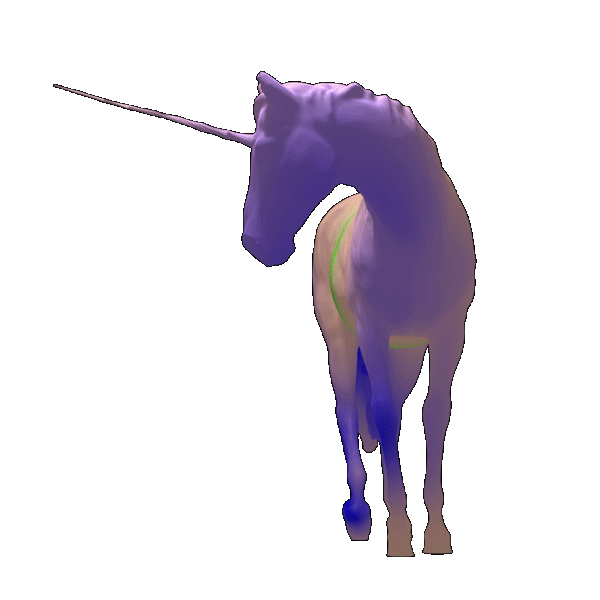
All .gif stickers on this page can be found on my giphy account, and are free to be used in social media posts on, for instance, TikTok, Facebook, and Instagram. Search for acrwrs, alexandra crouwers or denkbaar to find them.